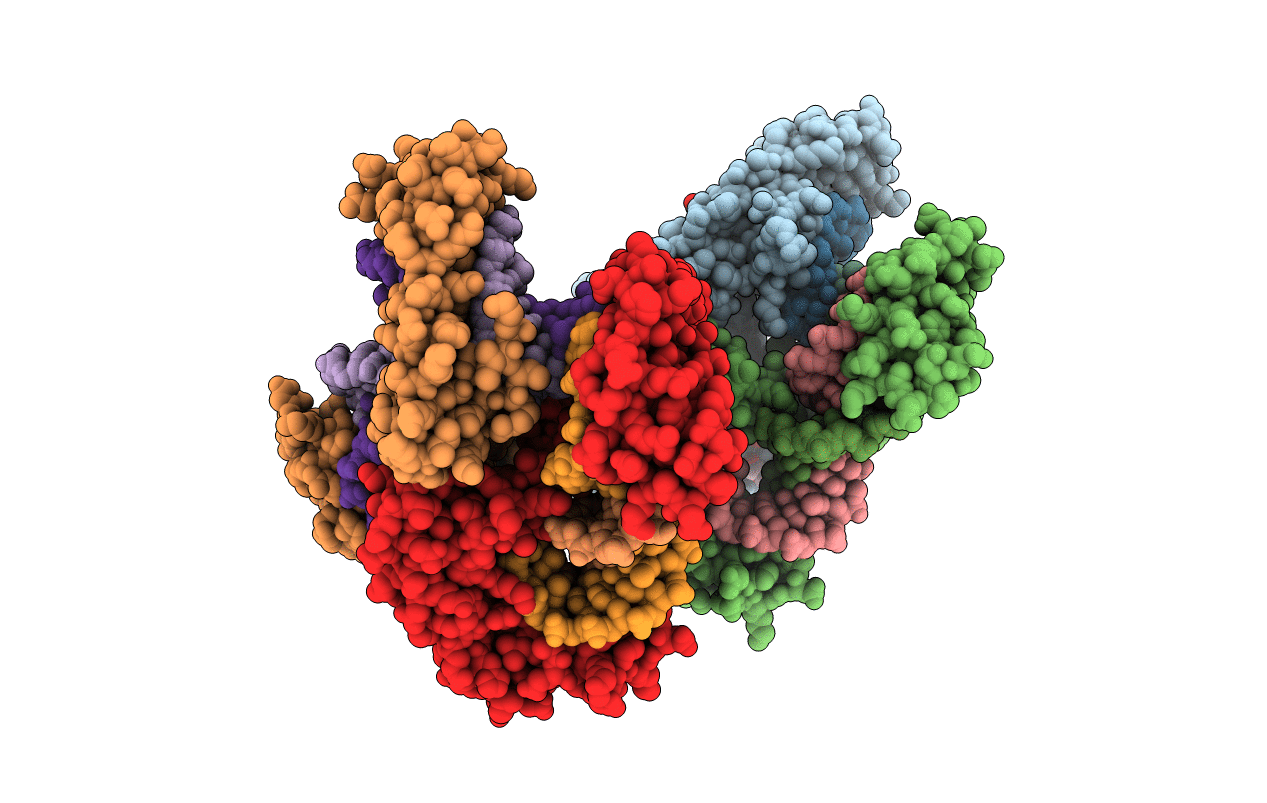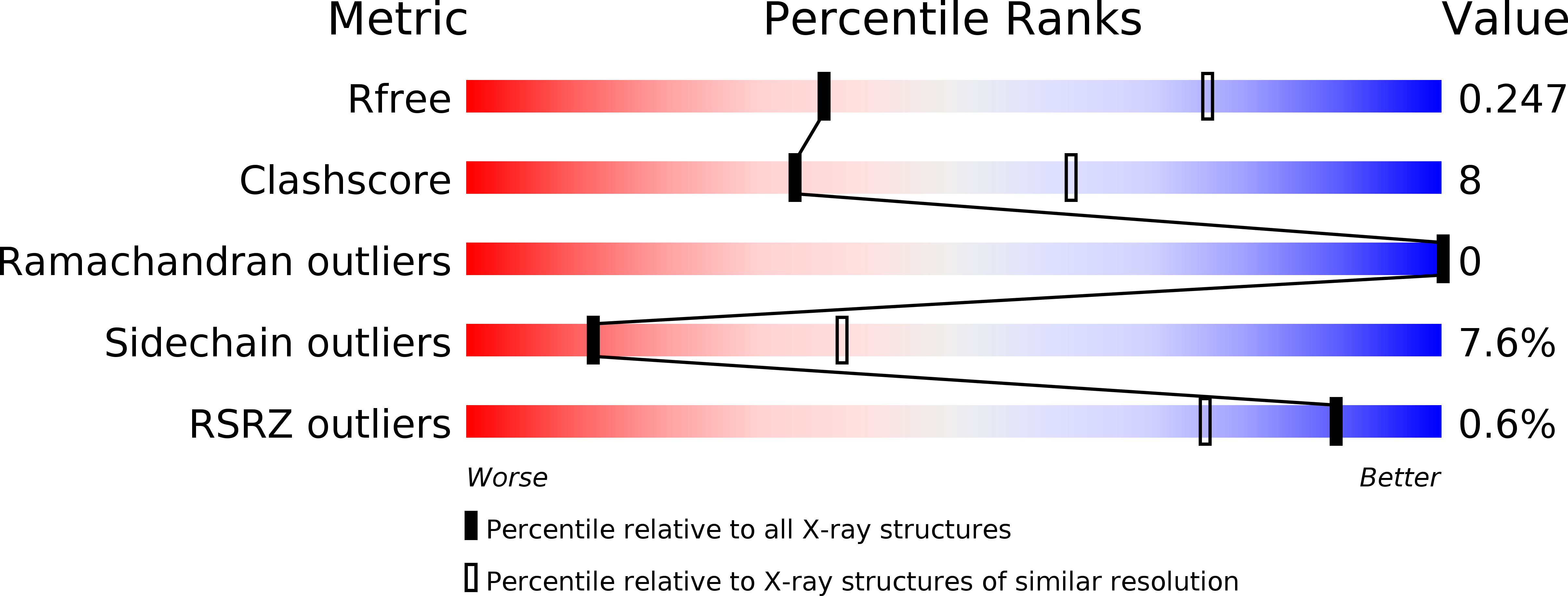
Deposition Date
2018-08-09
Release Date
2019-06-05
Last Version Date
2024-01-17
Method Details:
Experimental Method:
Resolution:
3.05 Å
R-Value Free:
0.23
R-Value Work:
0.19
R-Value Observed:
0.19
Space Group:
C 1 2 1


